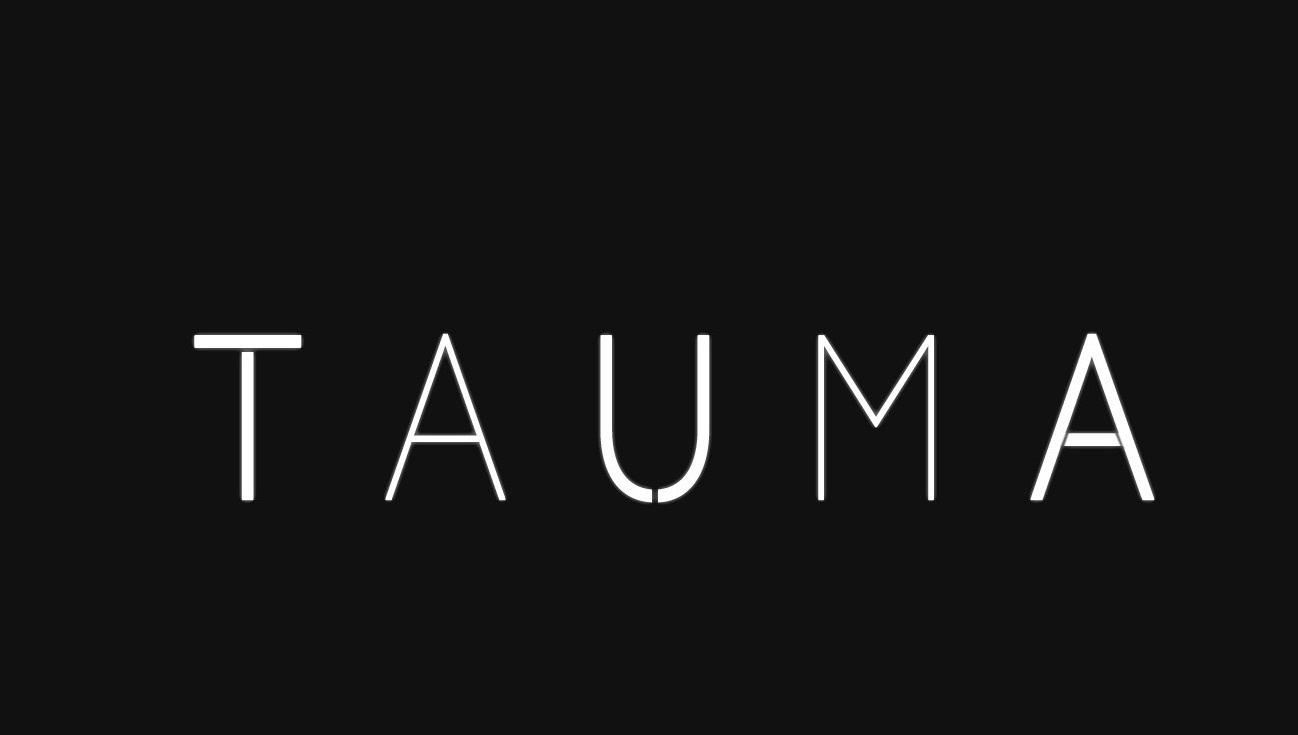In a room bathed in golden light streaming through the window, a man, seemingly human, carefully guides the hand of a bronze-colored android. His gaze is focused, almost paternal, as he tries to teach the machine a gesture, a concept, perhaps an idea. The artwork is clearly inspired by the style of Johannes Vermeer, echoing his masterful use of natural light, which enters through the large side window and delicately sculpts the figures with soft shadows and gentle contrasts. The setting, an intimate interior filled with intricate details, also recalls Vermeer’s paintings, which often depicted moments of learning or contemplation. The laboratory surrounding them is filled with both ancient and modern instruments: a terrestrial globe, electrical cables, and devices from another era. Progress and tradition blend seamlessly in a space that seems to belong as much to the past as to the future.
But there is a hidden irony in the scene. The man, who believes himself to be the teacher, does not realize what he has already become. His own body betrays his true nature: the unnaturally smooth skin, the barely perceptible joints, the way the light reflects off him—all suggest that he is no longer entirely human. In his attempt to impart knowledge, he has already crossed the boundary between man and machine without even noticing.
Behind them, another android, darker and silent, watches the scene. Is it a guardian? A spectator? Or simply the next step in evolution? The line between teacher and student, between creator and creation, has become indistinguishable. As the man instructs the machine, the machine absorbs him into its own world, transforming him into something new—something he does not yet realize he is becoming.
3DSMax and Vray + Photoshop + AI Upscaler




